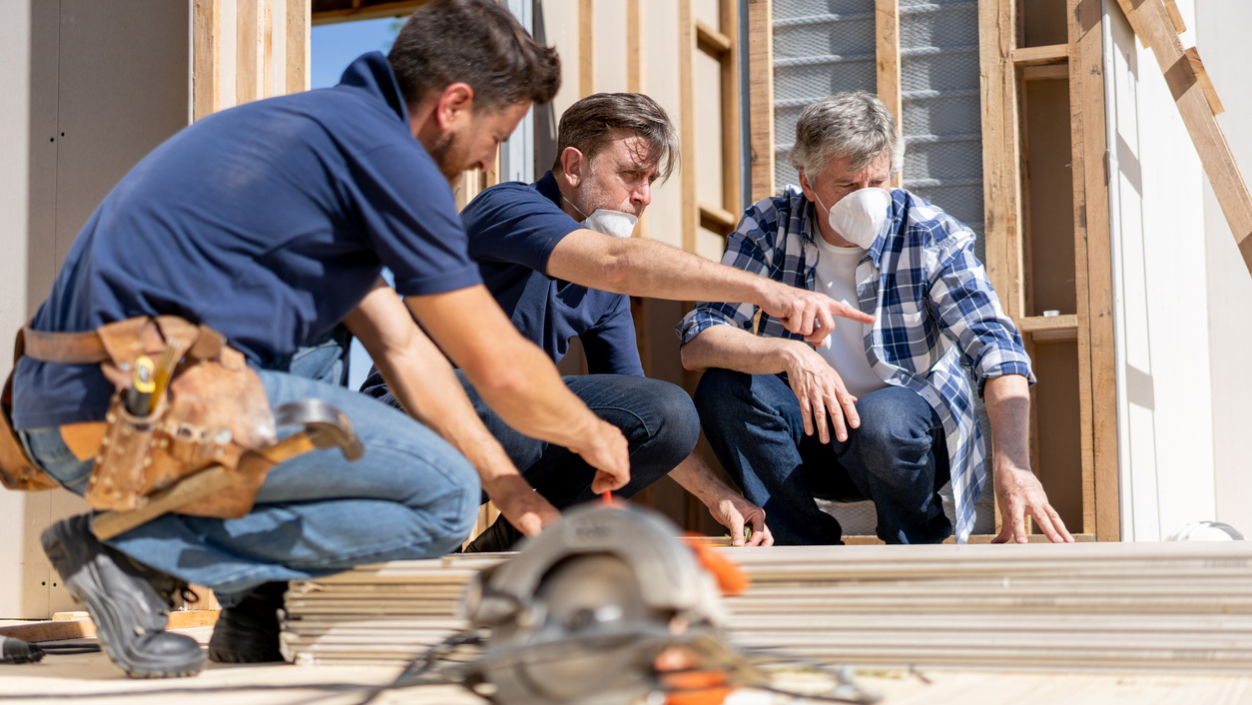
Safety Renovations Where Asbestos Is Found
The white dust that covers you while pulling down a ceiling or drilling into a wall is actually asbestos- It’s a renovator’s worst nightmare. It happens more than any government agencies would like to imagine, or more often than it would admit.
Homes that were built before 1987 probably contain asbestos in some form or another. Some housing developments were commonly built with a material called fibro. Fibro was considered revolutionary, because it was a cheap, fireproof, lightweight building material. That was, until we discovered it’s full of deadly asbestos fibers. It’s not just fibro that spread asbestos into homes during that period. Asbestos was also used in:
- ceiling insulation materials
- insulation used around hot water pipes, stoves and heaters
- weatherboards that were made before 1984
- cement cladding used in bathrooms, eaves and ceilings
- corrugated cement roofs
- flue pipes
- fake brick cladding
- textured paint
- vinyl floor tiles
- backing board for meters
Whether or not building material contains asbestos cannot be determined just by looking at it. Experienced builders, however, can usually spot it. There will be a textured side and a smooth side if it’s used as an external cladding.
Older asbestos often had beading nailed over the joins between the sheets. If you suspect it, you should find a licensed asbestos removal contractor to look at the material and inspect it. Undisturbed asbestos isn’t a problem–it’s friable asbestos or loose asbestos that has been released by drilling or demolition that cause the problem.
When working with asbestos, there are a few things not to do.
– Don’t keep power tools like drills, grinders and sanders away from sheeting.
– Do not water blast or scrub it with a stiff brush by trying to clean it.
– Avoid drilling into sheets or eaves, flues or vents
– Do not drop asbestos sheets. They are brittle. You’ll need to lower them to the ground gently and keep them in one piece
If the sheets appear to be damaged and starting to get fibrous, you can coat them in clear glue to keep it bonded.
Here are some things you should remember when removing asbestos:
– You should always wear protective clothing that can be disposed of and a protective dust mask
– Remove it one sheet at a time.
– If it is larger than 10 square meters, it needs to be removed by a licensed contractor in some states. You should check your local regulations
– Wet asbestos gently with water to www.homesaura.com release into the air
– You can only transport asbestos products if they are wrapped safely in plastic. It must be taken to special waste centers.
– You can organize special removal bins that are already lined with plastic and ready to be taken to the correct disposal place
– It is best to remove asbestos as quickly and safely as possible. Don’t leave loads that need removed lying around where sheets may break or deteriorate.
You can check online for a list of accredited asbestos removal experts. Remember-if you suspect there’s asbestos, it’s better to be safe than sorry!

